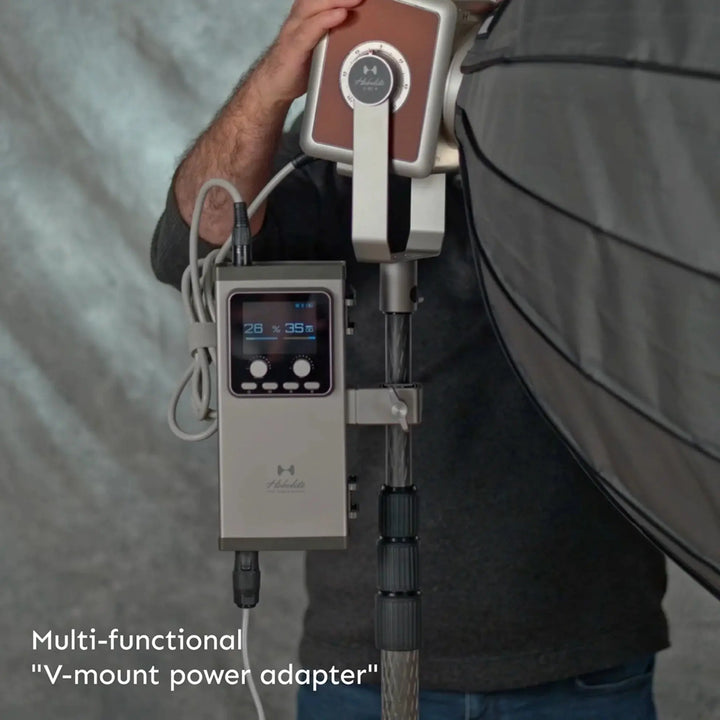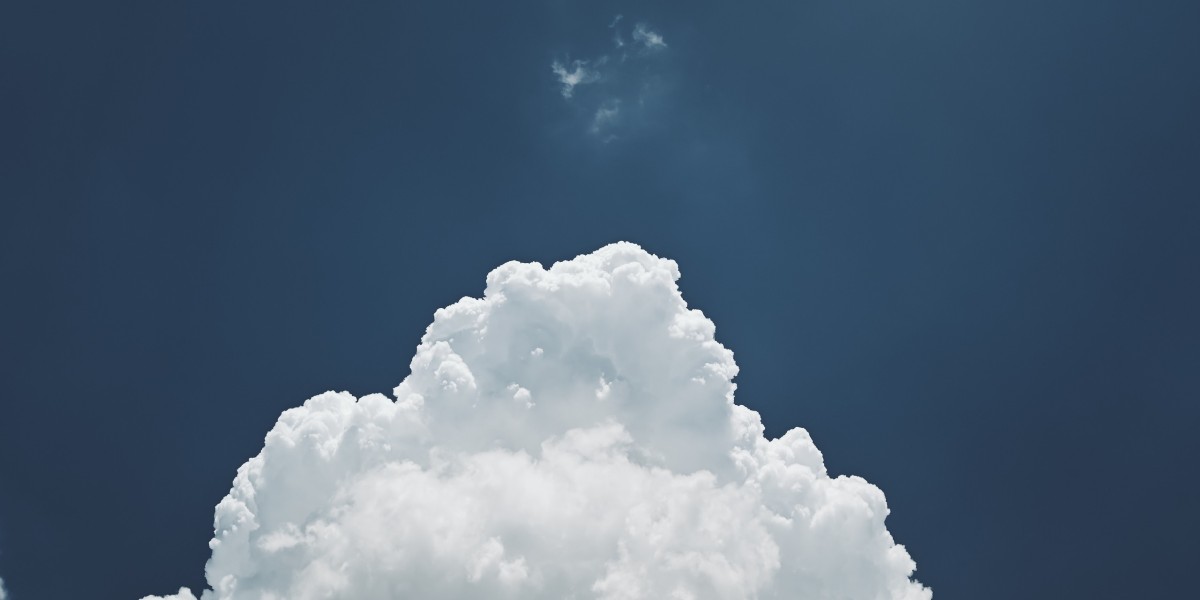Unlock the Secrets of Studio Lighting: Illuminate Your Photography Skills!
Studio photography lights are the unsung heroes of professional photography, playing a crucial role in transforming ordinary shots into stunning visuals. Whether you're capturing portraits, product images, or fashion shots, the right lighting can elevate your work, highlighting details and creating mood. In this article, we'll delve into the different types of studio photography lights, their unique characteristics, and how they can enhance your photographic creations. By understanding these essential tools, you'll be better equipped to make informed decisions and take your photography skills to new heights.

Understanding Studio Photography Lights
Studio photography lights are specifically designed to provide controlled illumination in a studio environment. Unlike natural light, which can be unpredictable, studio lights offer consistency and reliability, allowing photographers to create the desired atmosphere for their subjects. These lights not only illuminate the scene but also shape the mood, influence colors, and highlight textures, making them indispensable for professional photographers. The right lighting setup can make a significant difference in the quality of your images, ensuring that every detail is captured as intended. As a friend of mine once said, "Lighting is the paintbrush of photography." This sentiment resonates deeply, as light essentially shapes the final image. In the following sections, we will explore the various types of studio lights available and their specific applications.
Types of Studio Photography Lights
When it comes to studio photography, there are two main types of lights that photographers typically rely on: continuous lights and strobe lights. Each type has its unique characteristics and applications, making them suitable for different photography styles and environments. Continuous lights provide a constant source of illumination, which allows photographers to see how the light interacts with their subjects in real-time. On the other hand, strobe lights emit short bursts of light, freezing motion and allowing for greater control over exposure. Understanding the differences between these two types of lighting can help you choose the right setup for your specific needs.
Continuous Lighting
Continuous lighting fixtures, such as LED or fluorescent lights, offer a steady and constant light source. One of the main advantages of continuous lighting is that it allows photographers to see the effects of their light in real-time, enabling them to make quick adjustments as needed. This type of lighting is particularly beneficial for beginners, as it simplifies the process of learning how light interacts with subjects. Continuous lights are ideal for video shoots, as they create a consistent look throughout the recording. Additionally, they're great for product photography, where precise lighting is essential to showcase details. In my experience, using continuous lights helped me grasp the fundamentals of lighting and composition when I first started out.
Strobe Lighting
Strobe lighting, often referred to as flash, is characterized by powerful bursts of light that last for a fraction of a second. These lights are capable of producing a significant amount of illumination, making them ideal for shooting in well-lit environments or when capturing fast-moving subjects. Strobe lights excel in portrait photography, where they can create dramatic shadows and highlights, emphasizing facial features. They also allow photographers to use a wide range of modifiers, such as softboxes and umbrellas, to shape the light according to their creative vision. A friend of mine, a wedding photographer, swears by strobe lights for their ability to capture the perfect moment with an extraordinary level of detail and clarity, especially in dimly lit venues.
Choosing the Right Lights for Your Needs
Selecting the right studio lights depends largely on the type of photography you wish to pursue. For portraits, a combination of softboxes and strobe lights can create flattering, diffused light that enhances skin tones and reduces harsh shadows. If you're into product photography, continuous lighting can offer the consistency needed to capture intricate details and textures. Additionally, consider your shooting environment; if you often work in natural light, having a set of portable strobe lights can help balance the exposure when the sun sets. Personal preferences also play a role; some photographers prefer the immediacy of continuous lights, while others appreciate the creative possibilities that strobe lights offer. Ultimately, experimenting with different types of lights can help you discover what works best for your unique style and subject matter.
Enhancing Photography with Proper Lighting
In conclusion, understanding the different types of studio photography lights is essential for anyone looking to improve their photography skills. Continuous lights provide a steady source of illumination that is great for beginners and video production, while strobe lights offer powerful bursts of light that can freeze action and create dramatic effects. By learning about the characteristics and applications of these lights, you'll be able to make informed choices that will enhance the quality of your images. So, don’t hesitate to experiment with different lighting setups and techniques—your creativity and skill will flourish as you unlock the secrets of studio lighting!








